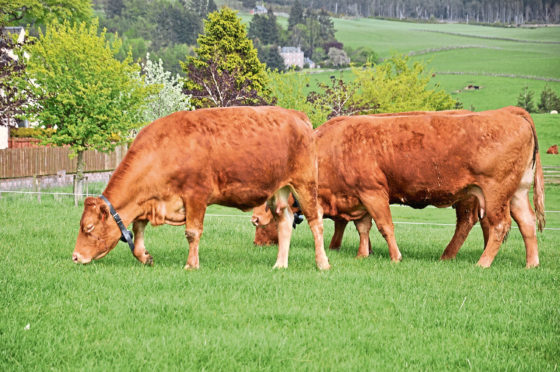Virtual fencing technology has the potential to replace conventional or electric fences on Britain’s farmland, according to researchers at SRUC.
“Over the past 20 years a lot of research has been undertaken into virtual fencing,” said Dr Tony Waterhouse, former head of SRUC’s Hill and Mountain and Beef Research Centres.
“While there is still some work to do to suit UK farming methods, cost-effective commercial systems are already being used in other parts of the world. Adoption has also begun here.”
The technology involves a combination of animal collars, cloud computing and smartphone, tablet or computer-based software.
Animals are fitted with neck collars, which include a negative electric stimuli capability and a GPS receiver, with control linked to cloud computing via a communication module.
“Once the desired grazing boundary has been ‘drawn’ on the software, the GPS receiver recognises this, and the collar provides an electrical stimulus when the animal approaches that boundary,” said Dr Waterhouse.
“There’s considerable value in using the technology for boundary creation inside large fields. This would allow paddock grazing to be adopted without permanent or electric fencing. Similarly, barriers can be created to allow strip grazing. Virtual fencing can also be used to gather animals and hold them in a certain area, eliminating labour, time and stress to them and farm staff.”
Dr Waterhouse told the NFU’s newly published Future of Food 2040 report, there are two commercial systems available globally, one developed in Norway for goats and the other in Australia for cattle.
“UK trials are planned for this summer,” he said, adding that, given an estimated cost of more than £100 a head for cattle, such systems may need more development and cost reduction.
However, he said there was no reason why virtual fencing won’t be a commonplace method of grazing livestock management, 20 years from now.
